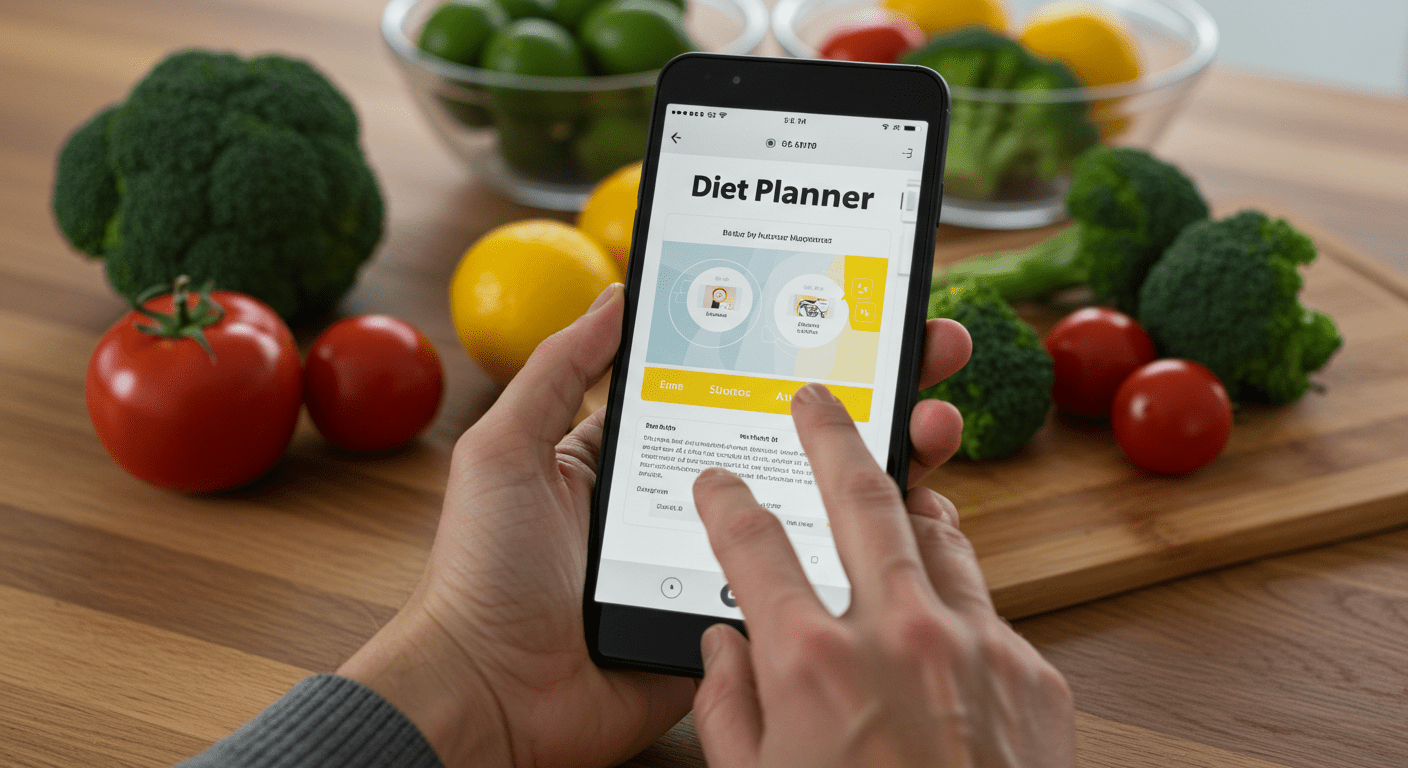Shopping Cart
CloseNo products in the cart.
Filter
closeOptimizing Wellness with Diet Planners: Proactive Tips for Managing Pain Through Nutrition
In the era of technology, smart home devices have become not just tools for convenience but also essential instruments in managing health conditions, including chronic pain. For individuals suffering from chronic pain, everyday tasks can be daunting. Integrating smart home technology into pain management strategies can significantly alleviate these challenges by minimizing physical strain and creating a supportive living environment. This article explores how voice-activated assistants, smart lighting, automated home systems, and other intelligent devices can be utilized to enhance comfort and convenience for those with chronic pain.

The Link Between Diet, Inflammation, and Pain
Diet plays a pivotal role in managing inflammation, a key factor in many chronic pain conditions. Certain foods can trigger or exacerbate inflammation, while others have anti-inflammatory properties that may help reduce pain:
- Pro-inflammatory Foods: These include processed foods, high amounts of sugar, trans fats, and certain oils that can increase inflammation and worsen pain.
- Anti-inflammatory Foods: Foods rich in omega-3 fatty acids (like salmon and flaxseeds), antioxidants (found in berries and leafy greens), and other nutrients can help reduce inflammation and alleviate pain.
Understanding these dietary impacts is crucial for effectively managing chronic pain through nutrition.
Choosing the Right Diet Planner
Selecting a suitable diet planner is the first step in managing pain through nutrition. A good diet planner should:
- Offer Customization: It should allow for the creation of personalized meal plans based on individual dietary needs, preferences, and health goals.
- Track Nutrient Intake: The planner should provide detailed information about the nutritional content of meals, including macronutrient and micronutrient breakdowns.
- Incorporate a Variety of Foods: Ensure the planner supports a diverse diet to maintain overall health and prevent nutrient deficiencies.

Using Diet Planners to Create Personalized Meal Plans
- Set Specific Goals: Before creating a meal plan, define specific dietary goals. For chronic pain management, goals might include reducing sugar intake, increasing anti-inflammatory foods, or balancing macronutrients.
- Input Personal Information: Enter accurate information about your age, weight, activity level, and any health conditions into the diet planner to ensure that the meal plan meets your nutritional needs.
- Select Anti-Inflammatory Foods: Use the diet planner to identify and incorporate anti-inflammatory foods into your meals. This might include adding spices like turmeric, which is known for its anti-inflammatory properties, or swapping out refined grains for whole grains.
- Plan Meals in Advance: Use the planner to set up meals for the week. This helps in shopping for the right ingredients and avoiding the temptation to eat unhealthily.
- Adjust as Needed: Regularly review and adjust your meal plan based on your body’s response. If certain foods seem to trigger more pain, consider eliminating them from your diet.
Tracking Dietary Habits Over Time
Diet planners can track what you eat and analyze your nutrient intake over time, providing insights into how your diet is influencing your pain and overall health:
- Monitor Changes: Keep an eye on how modifications in your diet correlate with changes in pain levels.
- Regular Updates: Regularly update your food log in the diet planner to keep track of your progress and make adjustments as necessary.
Conclusion
Using diet planners to manage dietary habits offers a proactive approach to managing chronic pain. By focusing on anti-inflammatory foods and balanced nutrition, individuals can significantly impact their overall health and potentially reduce the intensity and frequency of pain episodes. As technology advances, these tools will only become more sophisticated, providing even greater benefits for those looking to optimize their health through diet.
